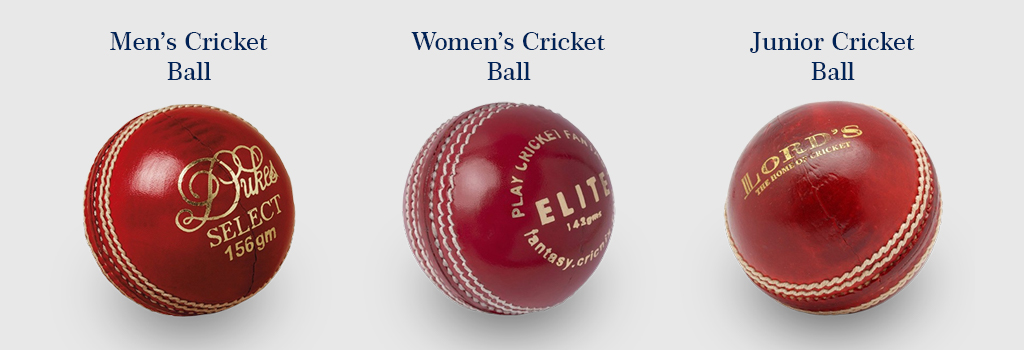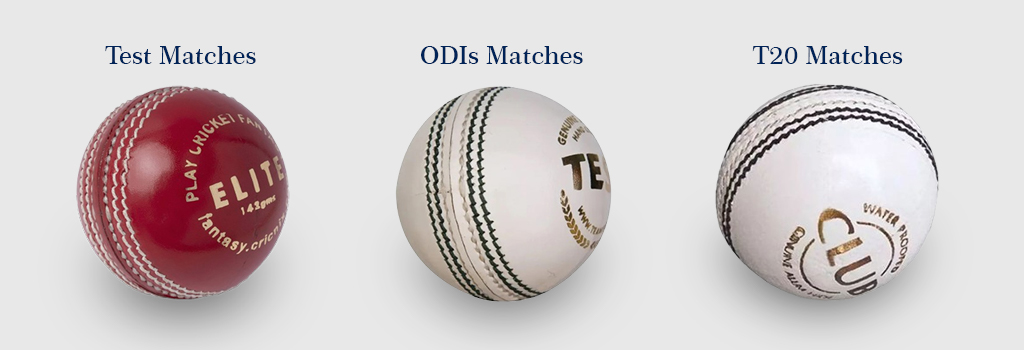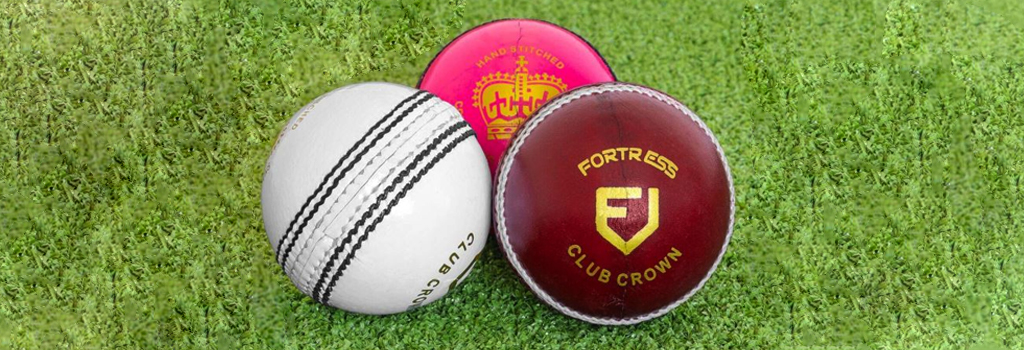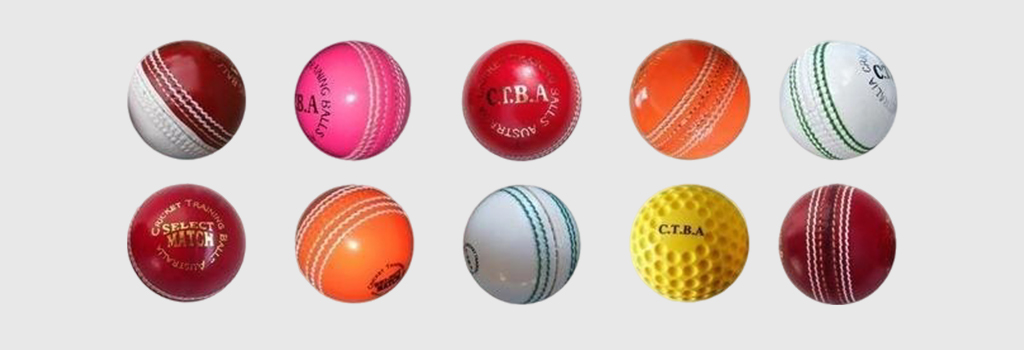The game of cricket requires talent, strategy, and accuracy. While much attention is often given to bats, pitches, and player techniques, one crucial component of the game is frequently overlooked: the cricket ball. A cricket ball’s weight is more than simply a number; it has a significant impact on how the game is played.
Let’s dive into the rules, standards, and fascinating facts about cricket ball weight.
What is the Weight of a Cricket Ball?

The weight of a cricket ball is governed by the laws of cricket, as set by the Marylebone Cricket Club (MCC). The official weight standards differ slightly for men’s, women’s, and junior cricket.
- Men’s Cricket: A standard cricket ball weighs between 155.9 grams (5.5 ounces) and 163 grams (5.75 ounces).
- Women’s Cricket: The weight ranges from 140 grams (4.94 ounces) to 151 grams (5.31 ounces).
- Junior Cricket: Junior players use slightly lighter balls, typically ranging from 133 grams (4.69 ounces) to 144 grams (5.08 ounces).
When expressed in kilograms (kg), the weight of a cricket ball falls between 0.1559 kg and 0.163 kg for men’s cricket, depending on the format.
Cricket Ball Size and Weight Standards
The circumference of the ball is equally critical. For men’s cricket, it ranges between 22.4 cm (8.81 inches) and 22.9 cm (9 inches), while women’s and junior cricket balls have proportionally smaller circumferences.
Why Does Cricket Ball Weight Matter?
Every element of the game, including bowling, batting, and fielding, is impacted by the weight of the cricket ball:
- Bowling: The ball’s weight affects its speed, swing, and bounce. Heavier balls are harder to bowl fast, while lighter ones can be challenging to control.
- Batting: Heavier balls can produce more force upon contact with the bat, making timing and shot selection crucial.
- Fielding: A ball’s weight influences how it travels through the air and how easy it is to catch.
Variations in Ball Weight Across Formats

Cricket is played in various formats, and while the ball’s weight remains consistent across most professional games, its construction and condition can differ:
- Test Matches: Red cricket balls, weighing the same as standard men’s cricket balls, are used for their durability and ability to swing over extended periods. The test match ball weight is typically around 156 grams (0.156 kg).
- One-Day Internationals (ODIs): White cricket balls are used, with an ODI cricket ball weight similar to red balls but designed for enhanced visibility under floodlights.
- T20 Matches: T20 cricket balls, also white, maintain the same weight as ODI balls but are optimized for shorter durations and limited overs.
Types of Cricket Balls and Their Weights
Here are some common types of cricket balls and their approximate weights:
- Leather Ball Weight: Standard men’s leather balls weigh between 155.9 grams and 163 grams.
- Season Ball Weight: Also referred to as the “season ball,” its weight is the same as the standard leather ball.
- IPL Cricket Ball Weight: IPL balls weigh the same as international cricket balls, around 155.9 to 163 grams.
- Synthetic Ball Weight: Synthetic balls are lighter, often weighing less than 140 grams.
- Red Ball Weight: Red balls used in Test matches weigh between 155.9 grams and 163 grams.
- Cork Ball Weight: Cork balls used in practice are lighter, generally weighing around 140 grams.
- Duse Ball Weight: Similar in weight to standard leather balls but vary in material.
Cricket Ball Weight in Grams and Kilograms
The weight of a cricket ball in grams can vary slightly across formats, as highlighted earlier. For international matches, the international cricket ball weight is carefully regulated. The cricket ball’s weight in kilograms is often a point of curiosity among fans; typically, it ranges from 0.140 kg to 0.163 kg, depending on the type and format.
Fun Facts About Cricket Ball Weight
- Historical Changes: The weight of cricket balls has been standardized only in the modern era. Early cricket balls varied significantly in size and weight, impacting the game’s consistency.
- Dukes and Kookaburra Rivalry: Different brands produce cricket balls with slightly varied characteristics, even though their weights conform to standards. For example, Duke cricket balls are known for pronounced seams, while Kookaburras are favored in shorter formats.
- Impact of Conditions: Humidity, altitude, and pitch conditions can influence how a ball of standard weight behaves during a game.
Maintaining Cricket Ball Weight

To ensure fair play, umpires regularly inspect the ball during a match. Excessive wear or tampering can alter its weight and behavior, leading to penalties. Proper storage and maintenance of cricket balls are essential to preserve their weight and condition.
Cricket Ball Measurements and the Game
The cricket ball’s size and weight are integral to the game’s dynamics. For instance, the red cricket ball’s weight and its polished surface are critical in Test cricket, allowing bowlers to generate swing. Similarly, the cricket ball weight in grams ensures consistency across formats like T20, ODIs, and Tests.
Conclusion
The weight of a cricket ball is a small detail with a massive impact on the game. By adhering to strict standards, the cricketing world ensures a level playing field, whether it’s a Test match or a casual game. So, the next time you watch or play cricket, spare a thought for the humble ball—a perfectly weighted marvel that keeps the game rolling.
FAQs
What is the weight of a cricket ball in kilograms?
The weight of a cricket ball in kg is between 0.1559 kg and 0.163 kg for men’s cricket.
What is the weight of a cricket ball in grams?
A men’s cricket ball weighs between 155.9 grams and 163 grams.
What is the weight of a synthetic cricket ball?
Synthetic balls usually weigh less than 140 grams, making them lighter than standard leather balls.
What is the weight of a cork ball?
Cork balls weigh approximately 140 grams, making them suitable for practice and training.
What is the international cricket ball weight in kilograms?
The weight adheres to the standard range of 0.1559 kg to 0.163 kg.















